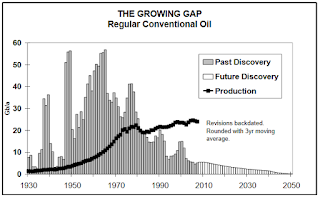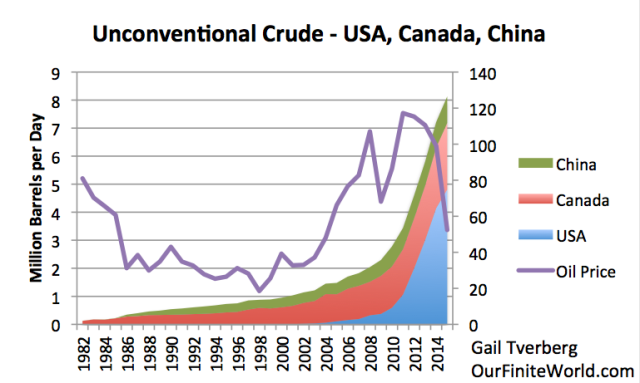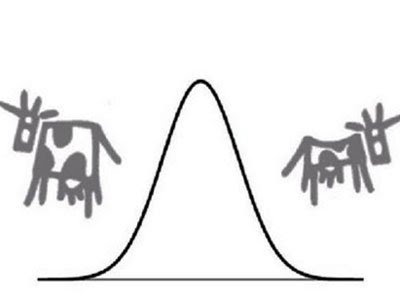
The researchers found that being intolerant of ambiguity is associated with such conservative characteristics as unwavering certainty and strong loyalty to particular people and positions.
Conservatives don’t feel the need to jump through complex, intellectual hoops in order to understand or justify some of their positions. They are more comfortable seeing and stating things in black and white.…
THE DRAWBACKS OF AVOIDANCE
As much as those on the Right seek to avoid ambiguity, nuance, and examination of the various complexities of most significant social, political, and economic issues, the resistance to acknowledging the potentially drastic impacts and implications of a peak in oil production and climate change cannot be fairly or honestly explained in a sentence or two. Our 21st Century planet is not exactly a black and white/either-or/yes-no world.
Of course, that immediately presents a bit of a challenge. Being pre-disposed to ignoring or dismissing any set of facts which create cognitive dissonance [or stimulate the fear they are actually trying to avoid], may offer some comfort, but….For those ensconced inside their denial bubbles, choosing to ignore the very information they’ll need to manage the conditions which arouse those very fears is a curious approach.
The conservative inclination to “cut to the chase” in decision-making and policy-making is a time-saver, to be sure! But once we get beyond kindergarten or first grade problem-solving, avoiding the complexities of modern society’s greatest challenges [with the myriad perspectives, differences, needs, purposes, and expectations which contribute to both the challenges and the solutions] by cutting to the chase is at its very best intellectually lazy. Actually, it’s counterproductive in the extreme.
…click on the above link to read the rest of the article…


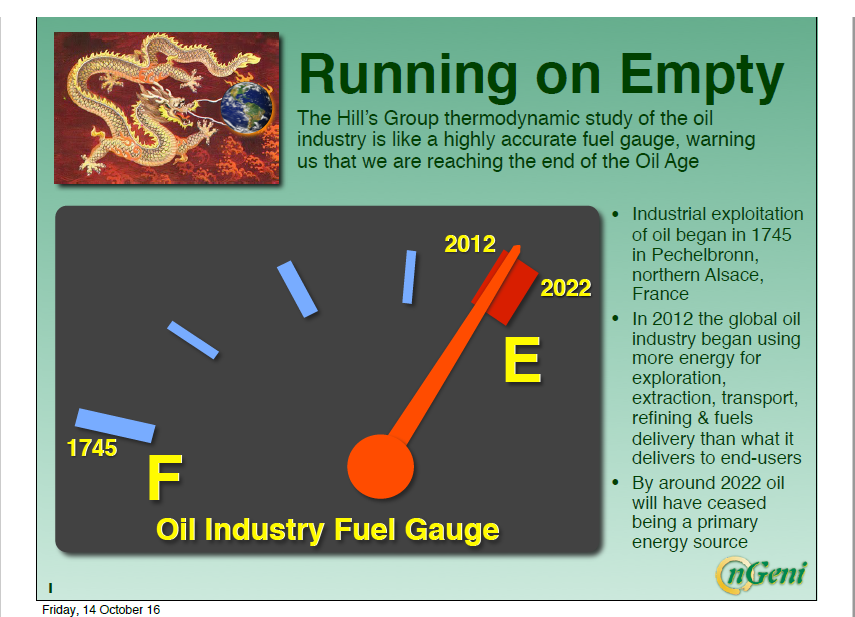

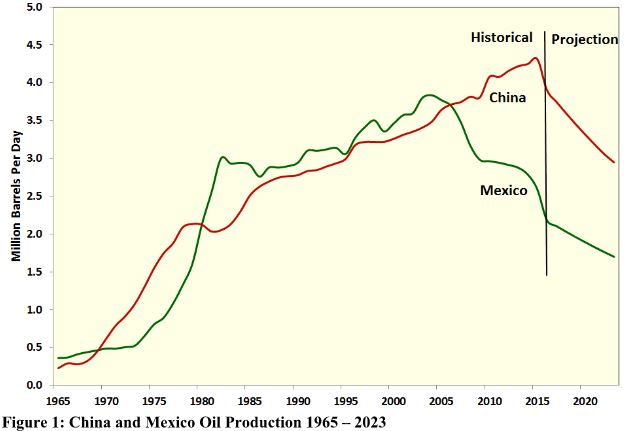
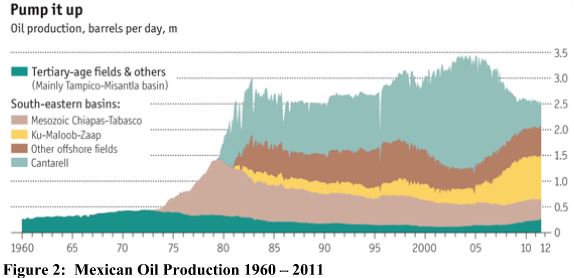
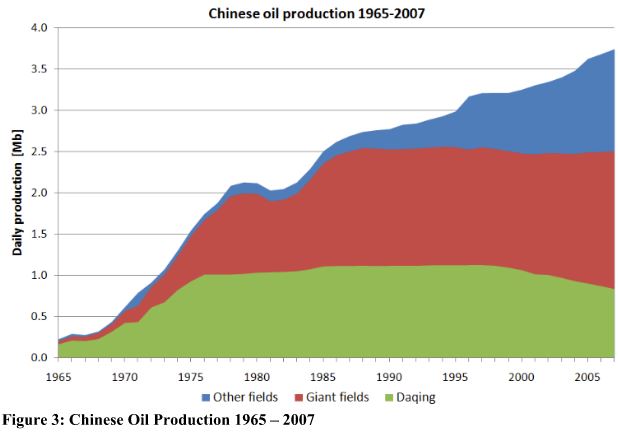
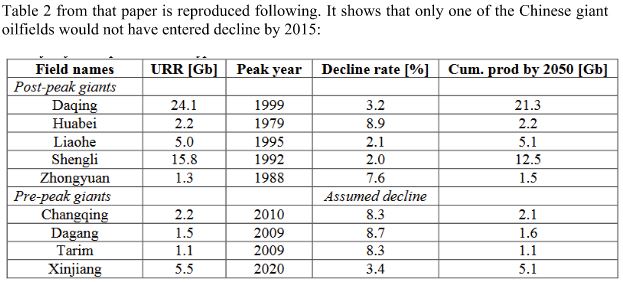







 Haliburton fracturing operation. Image:
Haliburton fracturing operation. Image: 